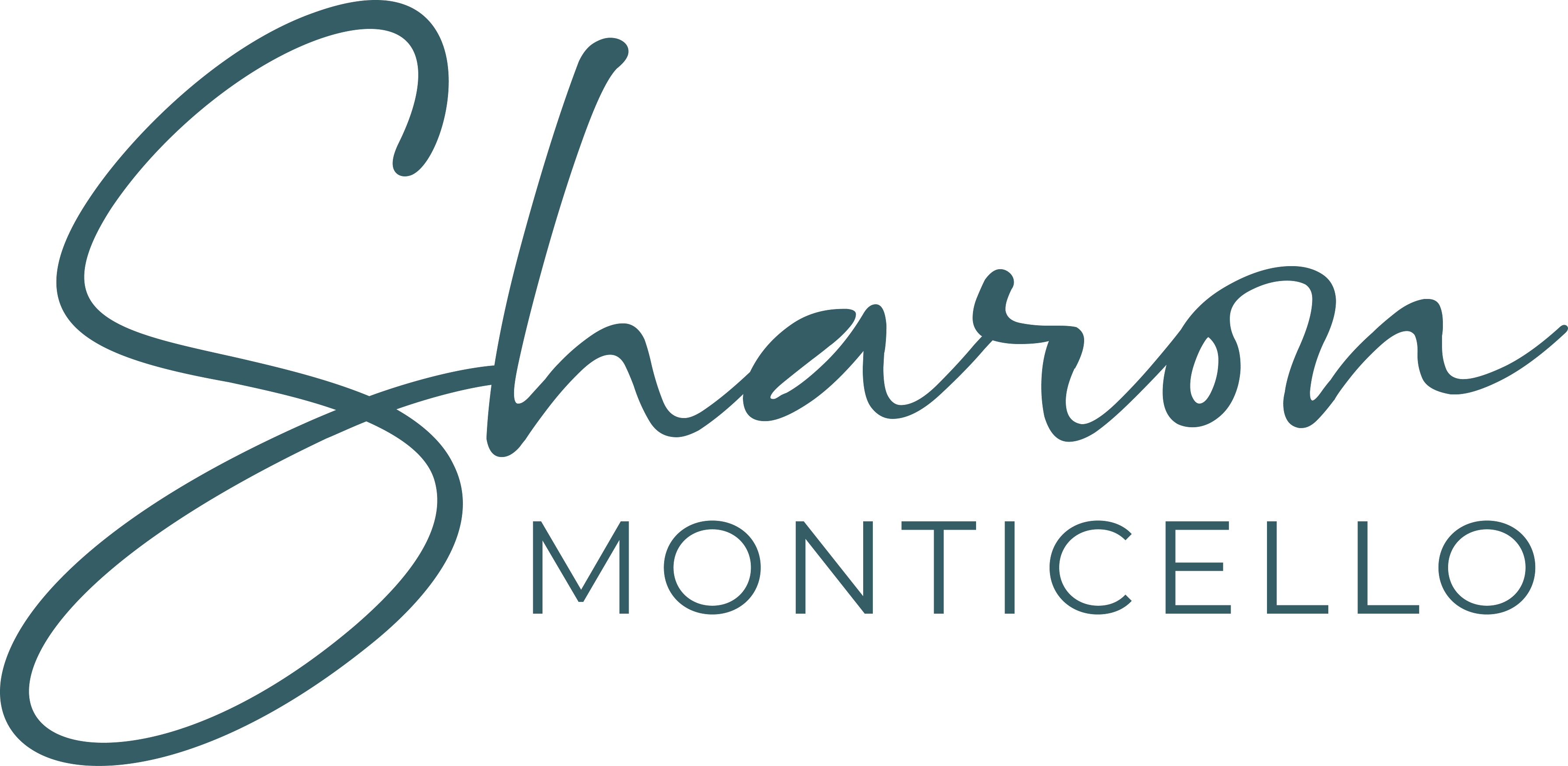Don’t Guess—Price Your Sonoma County Home Right From the Start

Sharon Monticello
Sharon Monticello is native to one of California's most picturesque areas— Petaluma, nestled in the heart of wine country, has been home to Sharon's...
Sharon Monticello is native to one of California's most picturesque areas— Petaluma, nestled in the heart of wine country, has been home to Sharon's...
Spring is a bustling time for home sales in Sonoma County, and if you’re considering selling your home, you’re certainly not alone. But with all the excitement in the air, many sellers find themselves pondering one crucial question: How do I price my home right?
Getting the price right can be the difference between a smooth sale and a long, drawn-out process. If you price too high, you risk deterring potential buyers. If you price too low, you could be leaving money on the table. So, let’s break down how to hit that sweet spot—where your home sells quickly and for a price that feels fair.
Understand the Current Market
First things first: What’s going on in the Sonoma County housing market this spring? Interest rates are still a big player in the game. Although they’ve eased a bit from last year’s peaks, they’re not exactly at rock-bottom levels. Buyers are feeling cautious, but many are eager to make a move before rates potentially rise again.
Inventory levels are another key factor to consider. Take a look around—are there more homes for sale in your neighborhood than usual? Or is inventory still tight? A lower number of available homes often means less competition, which can give you a significant advantage. However, if there’s a surplus of listings, pricing your home competitively becomes even more vital.
This spring, there’s also a significant economic factor that’s been on everyone’s radar: the impact of tariffs. For homeowners, homebuyers, renters considering ownership, and the real estate professionals assisting them, understanding how tariffs influence inflation and mortgage rates is more relevant than ever.
The Role of Seasonality
Spring isn’t just a popular time for buyers; it’s also when a flood of sellers enters the market. Homes show better with blooming flowers and mild weather, which means you’ll have more competition. Pricing your home correctly from the get-go will give you a solid edge.
Keep in mind that buyers tend to feel more emotional in the spring, imagining their future summers in a new home. Make sure your place is in the best possible shape for showings to take advantage of this emotional connection.
Get a Comparative Market Analysis (CMA)
A Comparative Market Analysis, or CMA, is one of the most effective tools for determining your home’s value. This process involves looking at recent sales of similar homes in your neighborhood to see how your property compares, taking into account details like square footage, condition, age, and any upgrades you’ve made.
It’s important to remember that homes sold six months ago may not accurately reflect today’s market. Spring brings in fresh buyers and sometimes shifts in demand. You’ll want to ensure your agent pulls real-time data. If you’re looking for an accurate CMA reflecting the latest market stats, just let us know.
Think Like a Buyer
This might be a bit challenging, but try to see your home through a buyer’s eyes. You might adore that custom kitchen backsplash or the cozy reading nook you built, but will buyers value those features as much as you do?
Buyers are often comparing multiple properties, and they’re keen on finding value. If a similar home down the street has a newly remodeled bathroom while yours doesn’t, pricing yours a little lower might be the smarter choice.
Don’t Overprice “Just to See”
It’s tempting to aim high and hope for negotiations to bring the price down. But here’s the reality: overpriced homes tend to linger on the market. The longer your home stays unsold, the more buyers start to wonder what’s wrong.
If you’re not seeing interest within the first couple of weeks, it might be time to rethink your price. We can keep track of feedback from showings and watch for patterns—if buyers love your layout but hesitate on the price, that’s a clear signal to consider.
Factor in Your Goals
Are you looking for a quick sale so you can move into your next home? Or are you willing to wait for the highest possible offer? Your pricing strategy should reflect these priorities.
If a speedy sale is your main goal, pricing slightly below market value can stir up competition and potentially ignite a bidding war. Conversely, if you’re in no rush, you might have the flexibility to price higher and negotiate later.
Consider Recent Upgrades and Repairs
Have you recently renovated your kitchen, added a deck, or updated your roof? These improvements can enhance your home’s value, but not always at a 1:1 ratio. Upgrades in areas like kitchens and bathrooms typically yield higher returns than others. Make sure your agent takes these into account when determining your pricing strategy.
On the flip side, if your home has outdated features or requires maintenance, buyers will likely expect a lower price. Taking care of minor repairs and touch-ups before listing can help avoid lowball offers.
Monitor Neighborhood Trends
Keep an eye on what’s happening in your neighborhood. Are homes selling quickly? Are there multiple offers? Or are properties sitting for weeks with price reductions?
We’ll analyze these trends together to decide whether it’s best to price your home on the higher or lower end of your range.
Be Prepared to Negotiate
Stay calm, be flexible, and collaborate with your agent to find common ground. A well-negotiated sale can benefit both parties involved.
Stay Flexible
Even with all your careful planning, the market can shift unexpectedly. Maybe a competing home in your neighborhood drops its price, or buyer demand suddenly spikes. Be open to adjusting your price if necessary.
Your agent is your best resource for keeping an eye on trends and advising you on any changes that could help your home sell more quickly.
Final Thoughts
Pricing your home isn’t an exact science, but it’s not a guessing game either. By understanding market conditions, putting yourself in the buyer's shoes, and working with a knowledgeable agent (like us), you can confidently set a price that works for you.
Ready to take the next step? Reach out to discuss a personalized pricing strategy tailored to your home and your goals.
Thinking about selling your home?
Get in touch. We'll guide you through every step of the process to ensure a smooth transaction that meets your goals.



